When your garden rewards you with baskets of tomatoes, peppers, apples, and herbs, it feels amazing—until you realize you can’t possibly eat it all before it spoils. That’s where dehydrating comes in. This age-old method removes moisture, extends shelf life, and packs big flavor into a small space. Whether you’re a homesteader, gardener, or DIY food preserver, dehydrating is one of the easiest ways to preserve your harvest with minimal effort.
Why Choose Dehydrating?
- Extended shelf life – Properly dehydrated foods can last for months or even years.
- Space saver – Dehydrated fruits, veggies, and herbs shrink down to a fraction of their size.
- Retains flavor & nutrition – Low-temperature drying locks in nutrients and taste.
- Versatile – Perfect for snacks, soups, teas, and even emergency food storage.
What Can You Dehydrate?
- Fruits: Apples, pears, strawberries, bananas, peaches, and more.
- Vegetables: Tomatoes, peppers, onions, carrots, green beans.
- Herbs: Basil, thyme, oregano, mint.
- Extras: Jerky, fruit leathers, homemade seasonings.
How to Dehydrate Your Harvest
- Wash & prep produce – Clean thoroughly and cut into uniform slices.
- Optional blanching – Some veggies (like carrots, beans, and corn) benefit from quick blanching.
- Arrange on trays – Place pieces in a single layer with space for airflow.
- Set temperature –
- Fruits: 125–135°F
- Vegetables: 125°F
- Herbs: 95–105°F
- Dry until crisp or leathery – Check often, as times vary by thickness and water content.
- Conditioning step (fruits only) – Place dried fruit in a jar for a week, shaking daily, to evenly distribute moisture.
- Store properly – Use airtight containers, vacuum-sealed bags, or glass jars in a cool, dark space.
Best Dehydrators for Home Use
When it comes to dehydrating, the right equipment makes all the difference. Here are some top picks:
1. Excalibur 9-Tray Electric Food Dehydrator
- Why it’s great: Professional quality, large capacity, adjustable thermostat, and consistent airflow.
- Perfect for: Serious gardeners and bulk preservation.
- Buy it at Amazon
2. COSORI Premium Food Dehydrator Machine
- Why it’s great: Stainless steel build, digital controls, and quiet operation.
- Perfect for: Home cooks who want reliable, everyday dehydrating.
- Buy it at Amazon
3. Nesco Snackmaster Pro Food Dehydrator
- Why it’s great: Budget-friendly, expandable tray system, and top-mounted fan.
- Perfect for: Beginners and small kitchens.
- Buy it at Amazon
4. Magic Mill Food Dehydrator Machine
- Why it’s great: Glass door, 10 stainless steel trays, timer, and temperature control.
- Perfect for: Homesteaders wanting a mid-range, high-capacity dehydrator.
- Buy it at Amazon
Other Helpful Tools for Dehydrating
- Mandoline Slicer – Ensures even slices for consistent drying.
- Vacuum Sealer – Extends shelf life by removing air.
- Glass Storage Jars – Keeps dried food fresh and visible.
We earn a commission if you make a purchase at Amazon, at no additional cost to you.
Tips for Successful Dehydrating
- Don’t overlap slices—airflow is everything.
- Rotate trays for even drying (unless your dehydrator has automatic circulation).
- Store in small batches so you don’t lose everything if one jar goes bad.
- Label jars with the date so you know what’s freshest.
Conclusion
Dehydrating is one of the simplest, most rewarding ways to preserve your garden harvest. With the right equipment and a little know-how, you can turn fresh produce into shelf-stable snacks, soups, teas, and more—ready to enjoy long after the growing season ends.
If you’re ready to get started, grab a dehydrator that fits your lifestyle and start preserving your harvest today!
We earn a commission if you make a purchase at Amazon, at no additional cost to you.
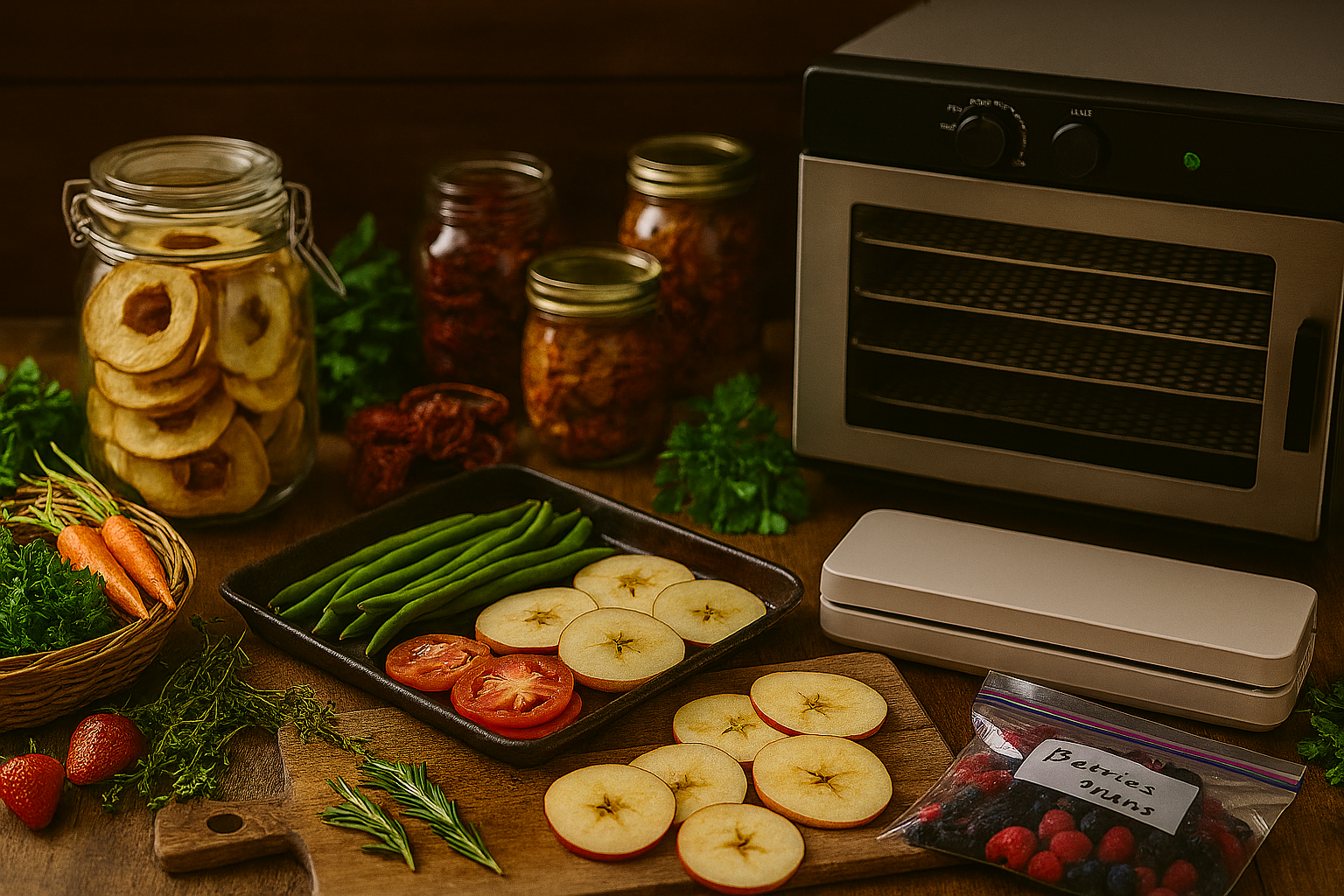
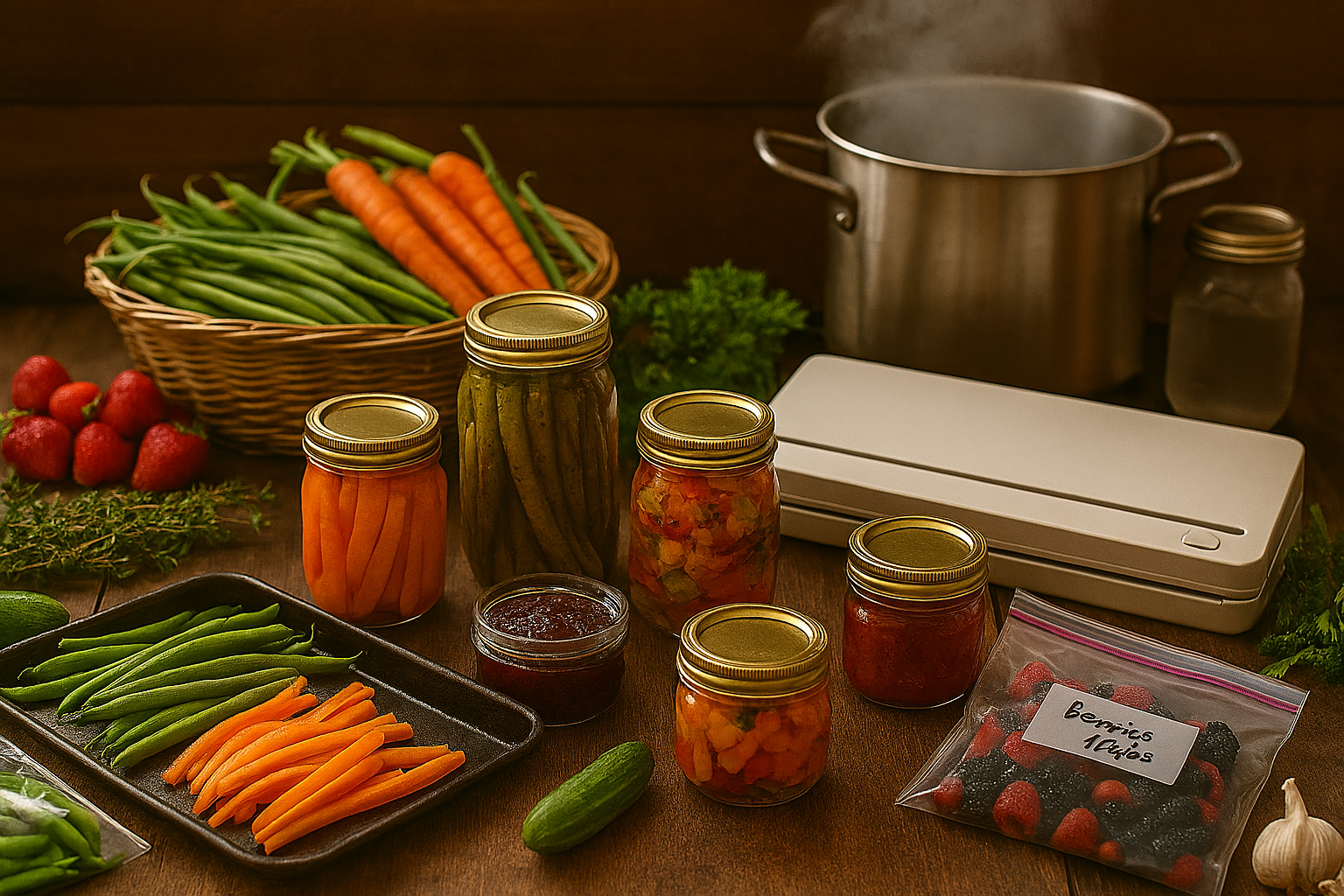
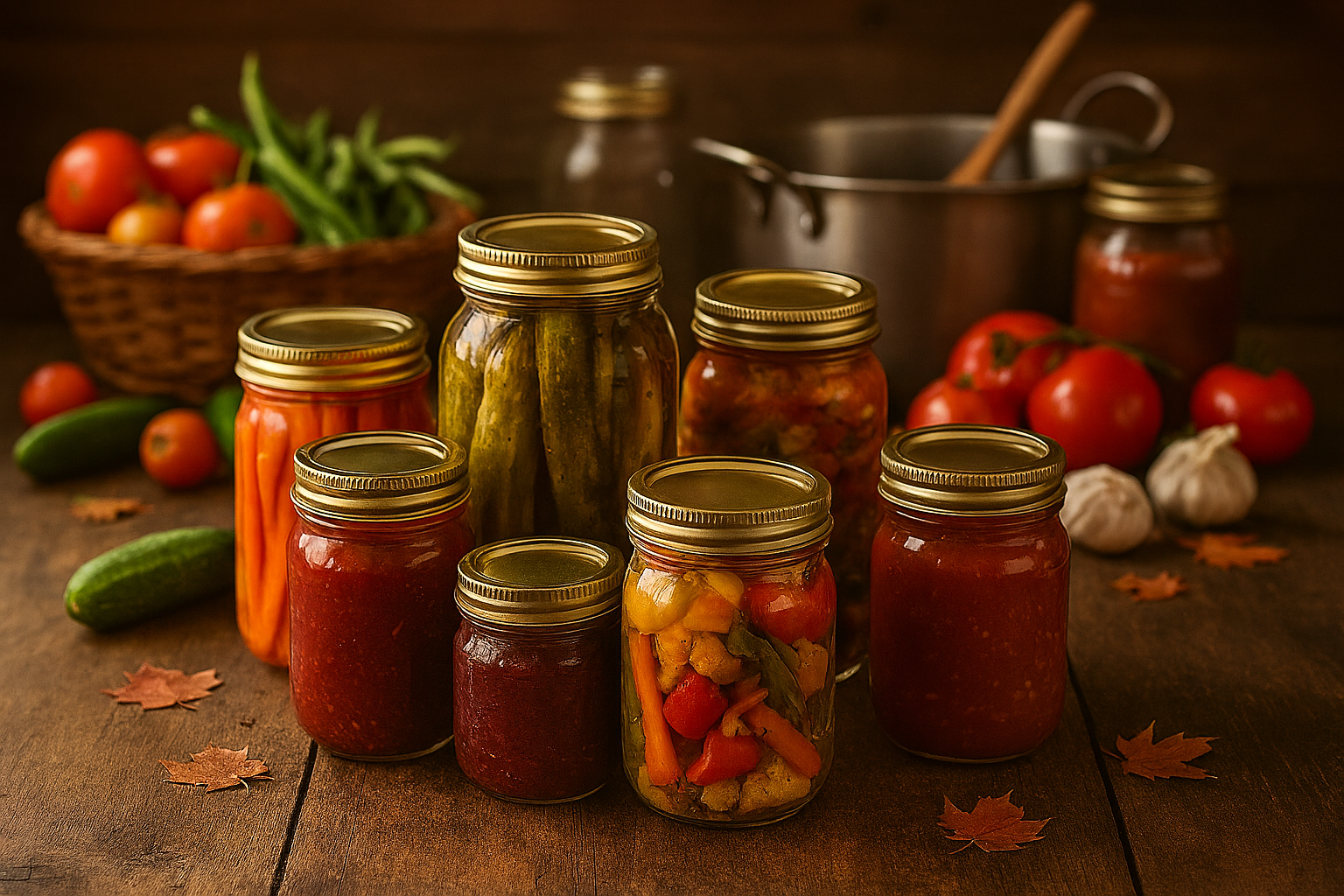
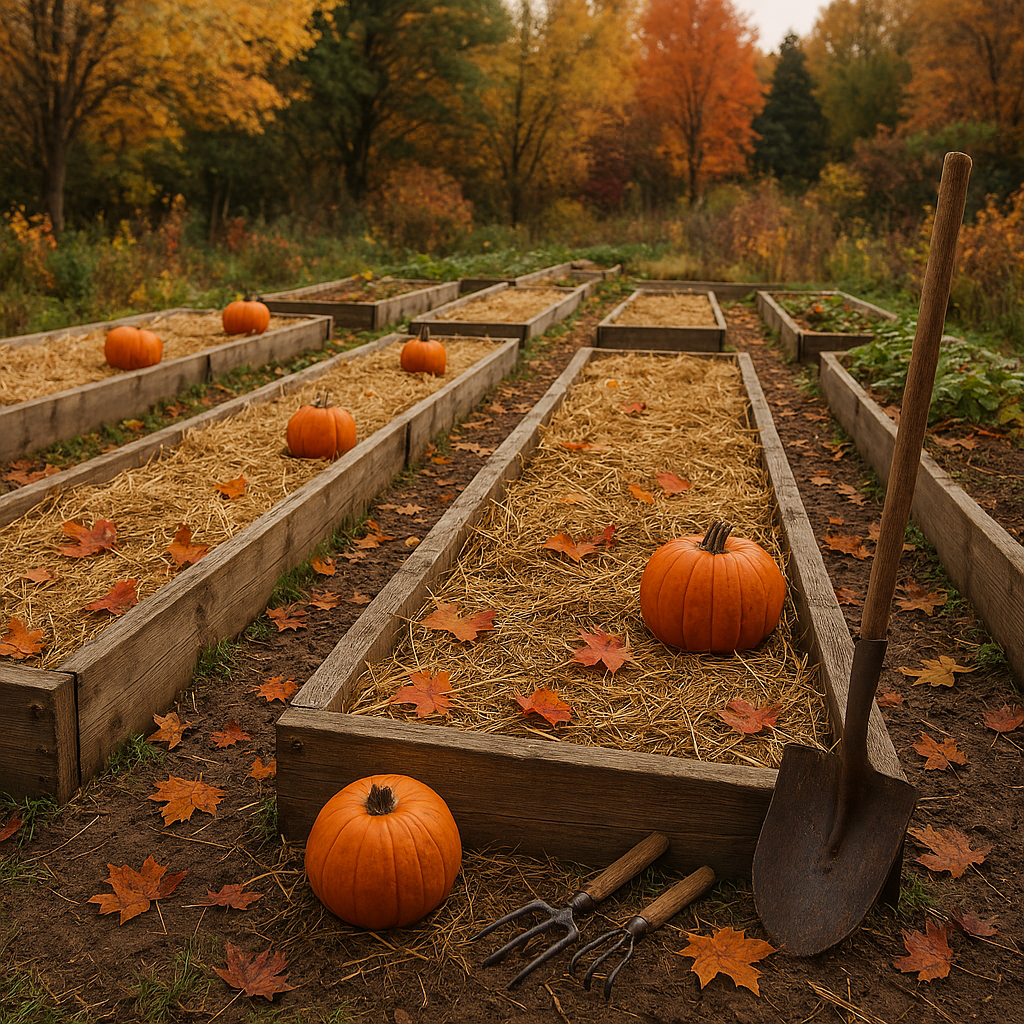
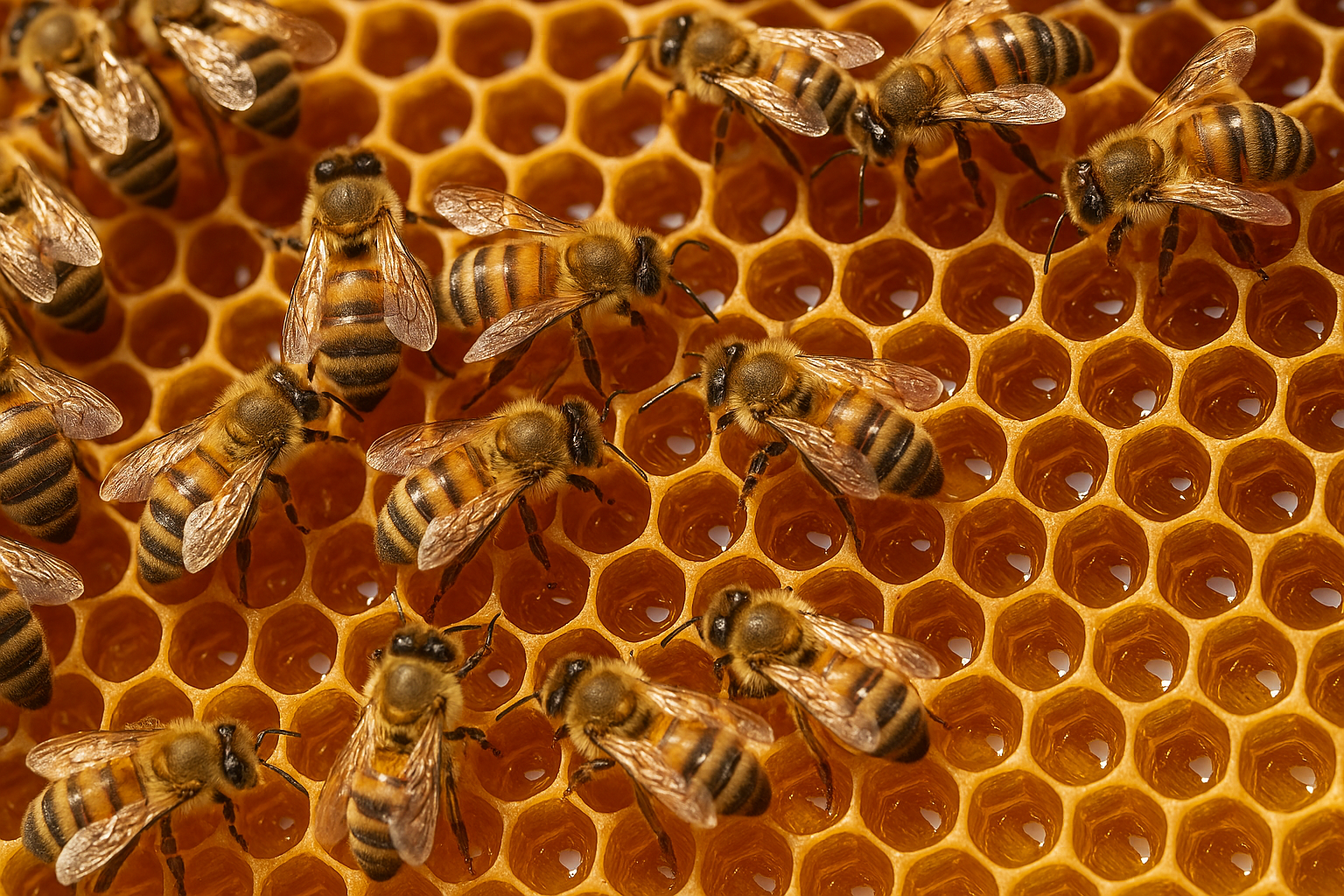
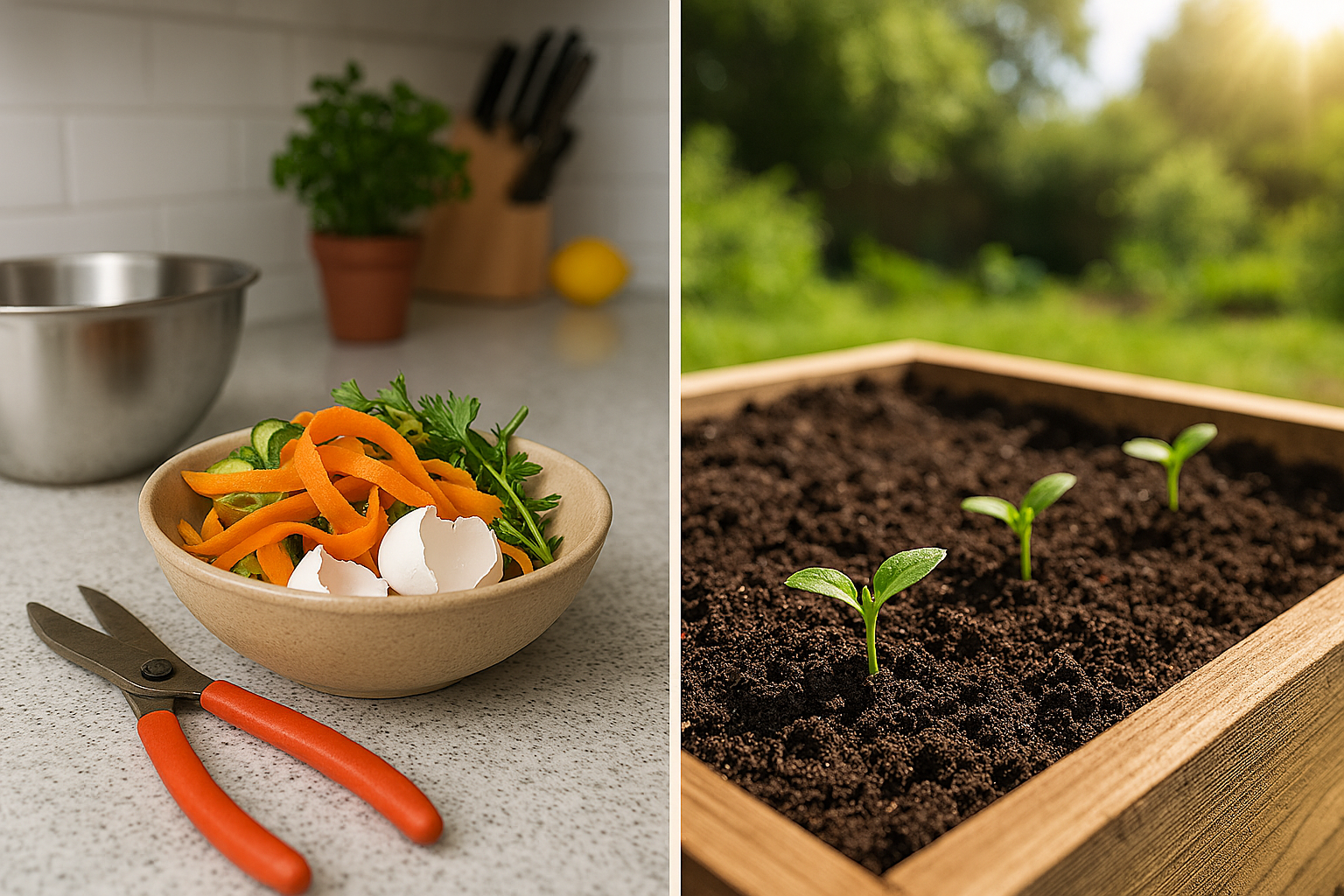
Leave a Reply